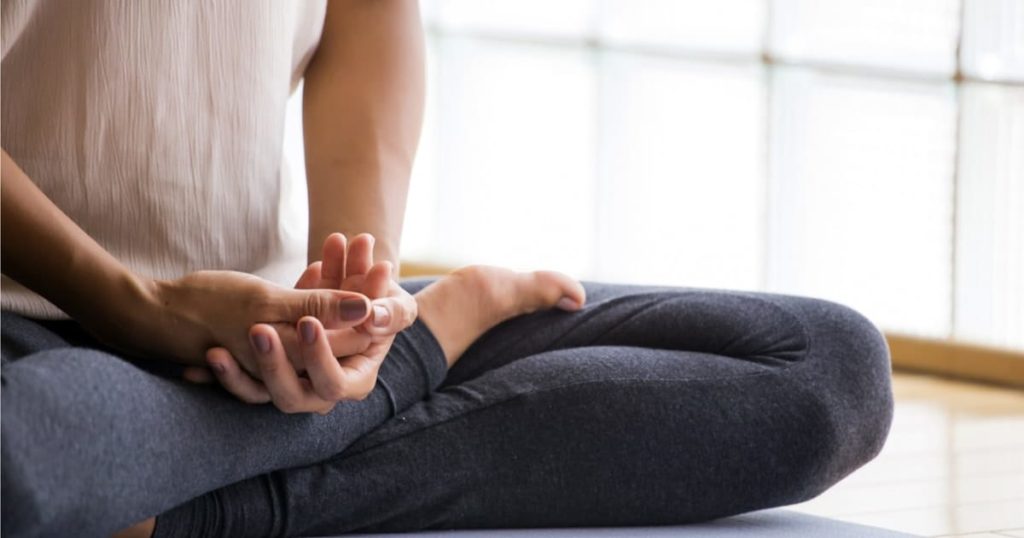Seeking treatment for addiction is an important step in the journey to recovery. Addiction touches and affects many aspects of an individual’s life, so treatment should also address each of those issues. The concept of holism, when applied to medicine, generally holds that all parts of a being are interconnected and cannot be understood without relation to the whole. As such, holistic rehabilitation should treat the whole person and should include physical, psychological and social factors, instead of simply treating one area of symptoms associated with addiction. Holistic rehabilitation therapies can be applied in addition to, or instead of, traditional treatment programs. There are a number of popular holistic treatment methods provided at rehab facilities throughout the country.
Holistic rehabilitation Methods include:
Acupuncture
Acupuncture has been used, in the western world, as a holistic rehabilitation technique in addiction for more than 30 years. Acupuncture treatment uses thin needles that penetrate the skin at specific points to correct imbalances in the energy flow, or qi, in the body. Scientists believe acupuncture plays an important role in reducing addictive behavior by stimulating the endocrine system to induce relaxation and reduce stress, as well as affecting dopamine neurons, which are key factors in drug cravings. However, research on the use of acupuncture alone as an alternative to traditional treatments, is contradictory. Nonetheless, acupuncture used together with traditional addiction treatments and other psychosocial interventions to address the whole person has become very popular and has shown positive outcomes.
Neurofeedback (Biofeedback)
Neurofeedback has been used as a substance abuse therapy in conjunction with other therapies since the late 1980s. Because substance abuse can affect brain function that is detectable with an electroencephalograph (EEG), scientists believe neurofeedback using an EEG can also treat the addiction. Neurofeedback works by first teaching an individual imagery of positive behaviors. That individual then focuses on the imagery, while in a relaxed state. The EEG is intended to slow brain waves down to a hypnotic state. Essentially, the theory is that people are able to interact with their brain waves and alter neural activity to increase or decrease stimulation. A person who wishes to decrease a craving for a substance, for example, would aim to decrease brain wave stimulation relating to that substance, while connected to an EEG. Studies indicate that neurofeedback is successful in helping to treat addiction. It is currently a very popular holistic addiction treatment method.
Art/Music Therapy
Art therapy has been used since the 1950s, and music therapy since the 1970s, to help manage addiction. Currently, almost 37% of treatment centers in the U.S. provide art therapy, and nearly 15% provide music therapy as a part of their addiction treatment programs. Research has shown a significant and positive relationship between 12-step programs and art or music therapies, particularly when utilized with women and adolescents. Participating in art and music therapy is associated with increased self-esteem and self-confidence. Both holistic therapies have shown a reduction in depression, anxiety, denial and stress. They can improve relaxation, provide an alternative method for communicating, and help motivate change.
Nutrition
Proper nutrition, in addition to traditional treatment plans, can be instrumental in addiction therapy and recovery. Studies indicate that diets high in protein, omega 3 fatty acids and vitamin B help stave off cravings associated with addiction. They are said to release chemicals in the brain that improve mood, mental clarity and energy levels. Additionally, many people who abuse alcohol or drugs also suffer from nutritional deficiencies. Improving diet can help restore balance in the body for improved physiological function.
Exercise
Physical exercise is an important holistic rehabilitation therapy that is often combined with traditional addiction treatments. It has been shown to release chemicals in the brain that help reduce pain, increase pleasure feelings, improve mood and prevent depression associated with substance abuse. Exercise also provides a natural outlet for fun that doesn’t involve the object of the addiction. Even a small amount of exercise daily, just 20-30 minutes, can have a positive impact on recovery.
Yoga/Meditation
Yoga and meditation principles are often used with the Buddhist philosophy of mindfulness in life, typically expressed through mindful breathing, meditation and Hatha yoga. Researchers believe that the same self-awareness and skills that are learned and practiced in meditation and yoga can affect the neural, physiological and psychological processes associated with addiction. Studies have shown that meditation and yoga, in conjunction with other addiction treatment therapies, are helpful in managing and preventing addiction. Many people who abuse substances do so to disconnect from the physical and the tribulations of life. Yoga and meditation are designed to bring the mind, body and spirit into harmony with each other, and help a person become present in the moment. The skills, positions and breathing techniques used in yoga and meditation are also used to control cravings, behaviors, emotions and vulnerability to addiction.
Pet/Care Animals
Animal therapy has been used as an enhancement to traditional addiction treatment programs. Animal-assisted therapy has been shown to reduce aggression and pain, and improve mood, making it a popular option. The benefits are generally attributed to endorphin release during interaction with well-trained, friendly animals. While studies have typically focused on benefits for those with mental health issues, autism, and dementia, the therapy has been applied in addiction treatment programs with some success. In addition to the release of feel-good chemicals in the brain, animal assisted therapy can also help people in recovery by requiring them to provide care for something else that needs their help; placing focus outside of themselves. Sources: Acupuncture therapy for drug addiction The National Acupuncture Detoxification Association protocol, auricular acupuncture to support patients with substance abuse and behavioral health disorders: current perspectives The Use of Art and Music Therapy in Substance Abuse Treatment Programs EEG Biofeedback as a Treatment for Substance Use Disorders: Review, Rating of Efficacy, and Recommendations for Further Research A Narrative Review of Yoga and Mindfulness as Complementary Therapies for Addiction Animal Assisted Therapy

